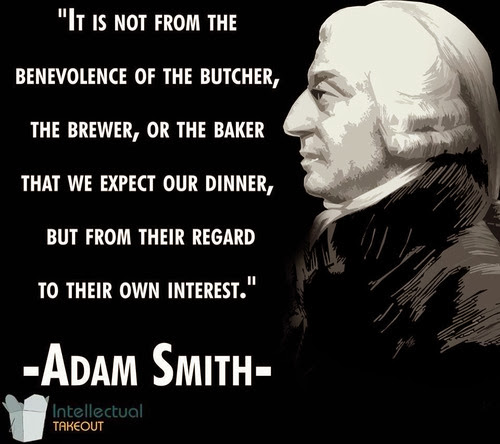

I argue instead that there is a remarkable analogy between Smith’s and Kant’s theory of religion. According to the myth, Adam Smith endorsed several of the traditional proofs of God’s existence he believed that the order existing in the world is a morally good order implemented by Divine Providence he believed that evil in the world is part of an all-encompassing Divine Plan and that the ‘invisible hand’ is the hand of the Christian God who leads the rich to employ their wealth for the greater benefit of the greatest number. This is the draft accepted for publication, Please quote from the published version I intend to dismantle a piece of historiographic mythology created by self-styled ‘Revisionists’ (Hill, Alvey, Oslington, etc.). In this light, the phrase 'invisible hand' turns out to be both an ironic joke and one more application of Smith's post-sceptical theory of knowledge whose target is dismantling all kind of " invisible " entities that human imagination tends to create. That is, it is the task to fight erroneous systems by showing how these arise from unwarranted associations of ideas between apparently 'grand' ideas – say, the public interest – with 'mean' ones, say, the merchants' self-interest. I argue that in every field, including political economy, in his view, the philosopher's task is partially sceptical and partially ironical. I suggest that, for Smith, 'systems' of any kind, from Cartesian physics to philosophical monotheism, Stoic ethics, and the 'mercantile system' draw their apparent plausibility from some disease of human imagination. I illustrate how he defines it as a combination of something 'grand' with something 'mean' and how this is consistent with his anti-Cartesian and post-sceptic epistemology.

I reconstruct Adam Smith's theory of irony and its application.


 0 kommentar(er)
0 kommentar(er)
